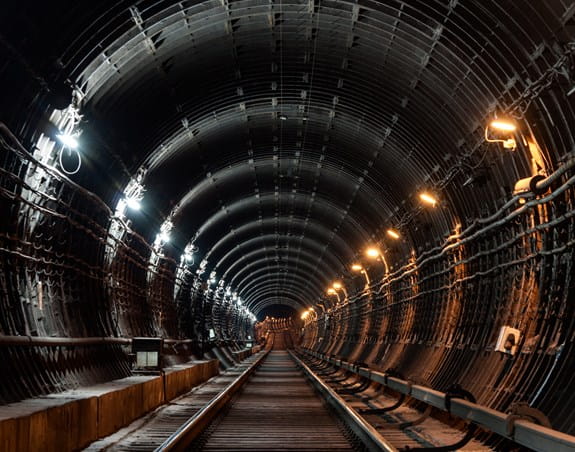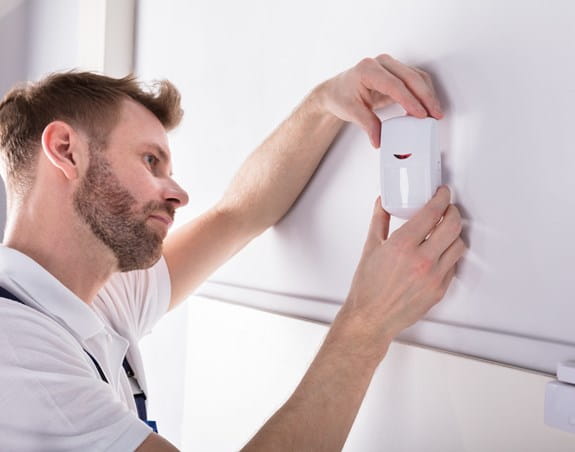Radon
What is radon – and how are we exposed to it?
How we’re exposed to radon
If you work in a mine (uranium or any other type that is underground), you may breathe air that has naturally high levels of radon if proper ventilation systems are not in place.

It’s rare, but radon can also be found in water. Radon in water can be a problem when the water is from the ground, such as from private or community wells. Radon is released from the water into the air during normal use such as showering or cooking. However, most communities get water from reservoirs or other open bodies of water where radon levels are very low.

Radon and cancer
The International Agency for Research on Cancer (IARC) classifies radon as a known cause of cancer. Exposure to radon gas increases your risk of lung cancer. This risk depends on how much radon you are exposed to and for how long, as well as if you are a smoker.
Health Canada estimates that about 16% of lung cancer deaths are related to being exposed to radon in the home. Radon exposure is the leading cause of lung cancer in non-smokers and it’s estimated that in Canada there are more than 3,300 lung cancer deaths related to radon each year. If you smoke, you are at an even higher risk of developing lung cancer if you are exposed to radon.

Our recommendation
The Canadian Cancer Society recommends that Canadians test their homes for radon and take action to reduce high levels.

Test your home for radon – here’s how
Radon levels in most homes should be reduced to as low as possible. The only way to know how much radon is in your home is to test it.
To test your home for radon, you can purchase a test kit at some hardware stores or online from several organizations that are working to reduce radon. You can also hire a certified professional to perform a test for you. Find out more about how to test for radon in your home.
Health Canada’s radon action guideline is 200 Bq/m3, but other jurisdictions have set different limits. The World Health Organization (WHO) recommends a limit of 100 to 300 Bq/m3 and the United States has a limit of 148 Bq/m3.
If the level of radon is above 200 Bq/m3, you should work with a C-NRPP certified professional to lower the levels in your home. Even if the radon levels are below 200 Bq/m3, you may still want to try to get them lower.
